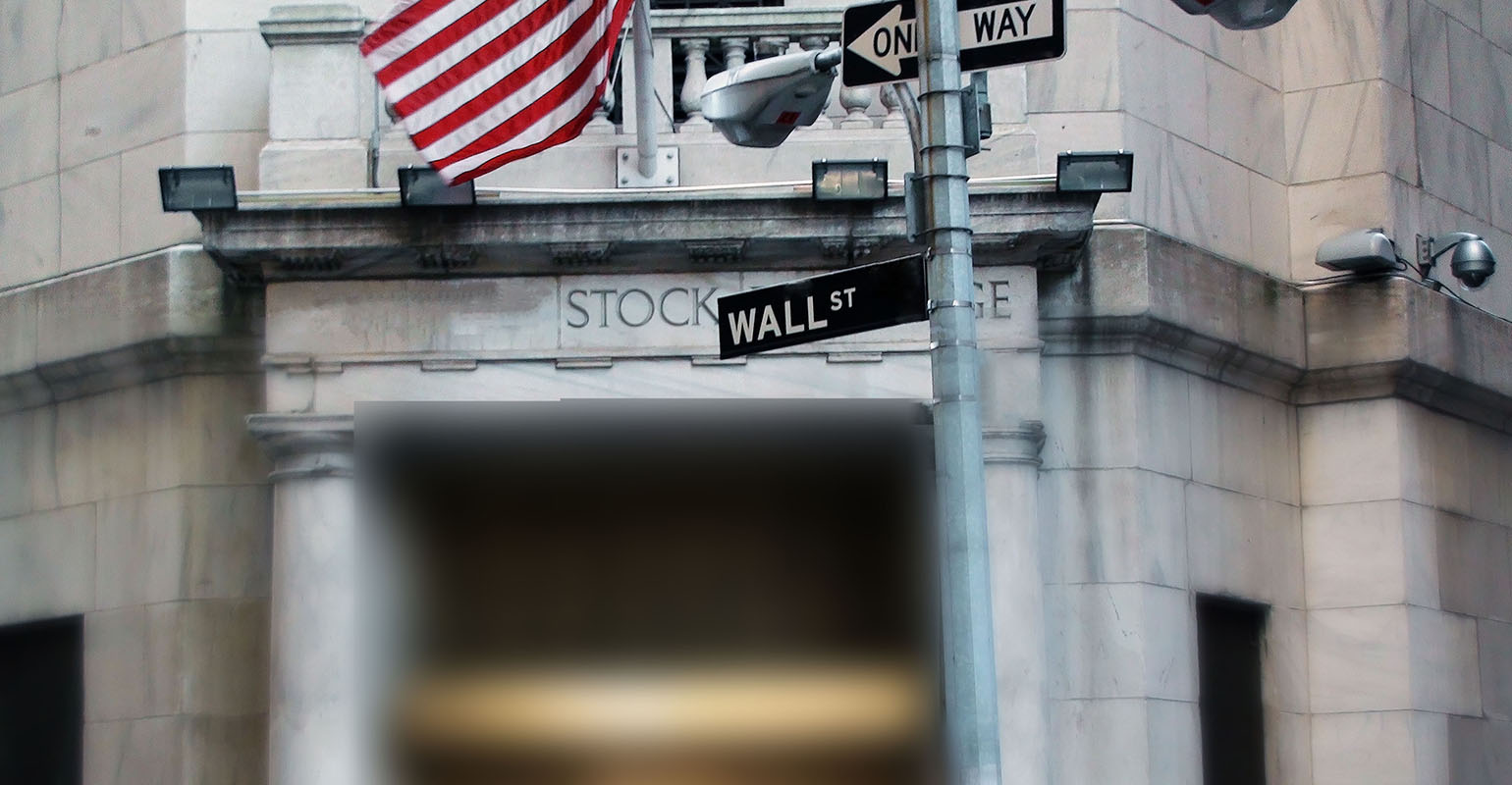(Bloomberg) — The final day to get Series I savings bonds at a record 9.62% yield has come and gone.
Americans bought more than $3 billion worth of the low-risk, inflation-linked bonds last week. But not everyone was able to get their hands on one of the year’s hottest investments ahead of the Oct. 28 deadline for the higher rate.
Some struggled with glitches and delays on the government’s notoriously clunky TreasuryDirect website. Others may have procrastinated or simply forgot about the deadline.
Now, the rate for bonds issued between Nov. 1 and the end of April is expected to drop to 6.47%. It’s a letdown for those who missed the previous yield, but financial advisers say it shouldn’t dictate a major strategic shift in client portfolios.
“Investors need not fret,” said Elliot Pepper, financial planner and director of tax at Northbrook Financial in Baltimore.“Worry less about the past and look forward to what you can still do.”
Solid Return
A human bias toward loss aversion — feeling missed opportunities more than those gained — may make the sensation of “losing out” on a higher return particularly acute. But it’s important to remember that 6.47% would still be one of the highest rates on record for these bonds, and looks particularly good in the face of ongoing weakness in the stock and bond markets.
“The yield still exceeds what you would make in a traditional checking or savings account,” said Pepper.
He also notes that in general, a drop in the I bond rate should be seen as good news. The bonds were created in the late 1990s to help protect Americans’ savings from inflation. When their rate goes down, it means inflation is slowing.
“People should welcome this news since lower inflation means the costs of everyday goods and services won’t rise as quickly, and we might start to see a recovery in the broader stock and bond markets,” Pepper said.
Other Options
The drop from 9.62% is making similar fixed-income investments start to look more appealing. These alternatives offer slightly lower rates, but come without many of the limitations of I bonds.
Those limitations include a $10,000 cap on purchases per calendar year. (Those who use their federal income-tax refunds may purchase an additional $5,000, which would bring the annual limit to $15,000.) I bonds also must be held for at least a year, and cashing them in before five years means forfeiting interest from the previous three months. What’s more, they are taxed at a federal level.
“Now that yields are coming down, short-term Treasuries and municipal bonds are becoming more attractive,” said Jonathan Shenkman, president of Shenkman Wealth Management in New York. “One-year Treasuries, in particular, have a yield of approximately 4.5%, which may continue to rise in the likely scenario of the Fed continuing to raise rates.”
Other alternatives include certificates of deposit and Treasury exchange-traded funds. Here is a guide to the pros and cons of those vehicles compared to I bonds.
Not for Everybody
One of the cardinal rules of investing is not to let the fear of missing out — or what economist John Maynard Keynes called “animal spirits” — guide your portfolio.
“No single investment is the right answer for absolutely everybody,” said Laura Mattia, chief executive of Sarasota, Florida-based Atlas Fiduciary Financial. Lately, she’s taken issue with a number of popular financial gurus who have claimed that “everyone” should have I bonds. “Not everybody should not have I bonds. Everybody should try to understand what they’re trying to achieve.”
Pepper of Northbrook Financial agrees.
“A word of advice for young investors or those with a longer term horizon: Don’t give up on the stock market,” he said. “I Bonds are definitely ‘having a moment’ but they should not serve as a replacement for a long-term investor’s stock portfolio.”
To contact the author of this story:
Charlie Wells in London at [email protected]


